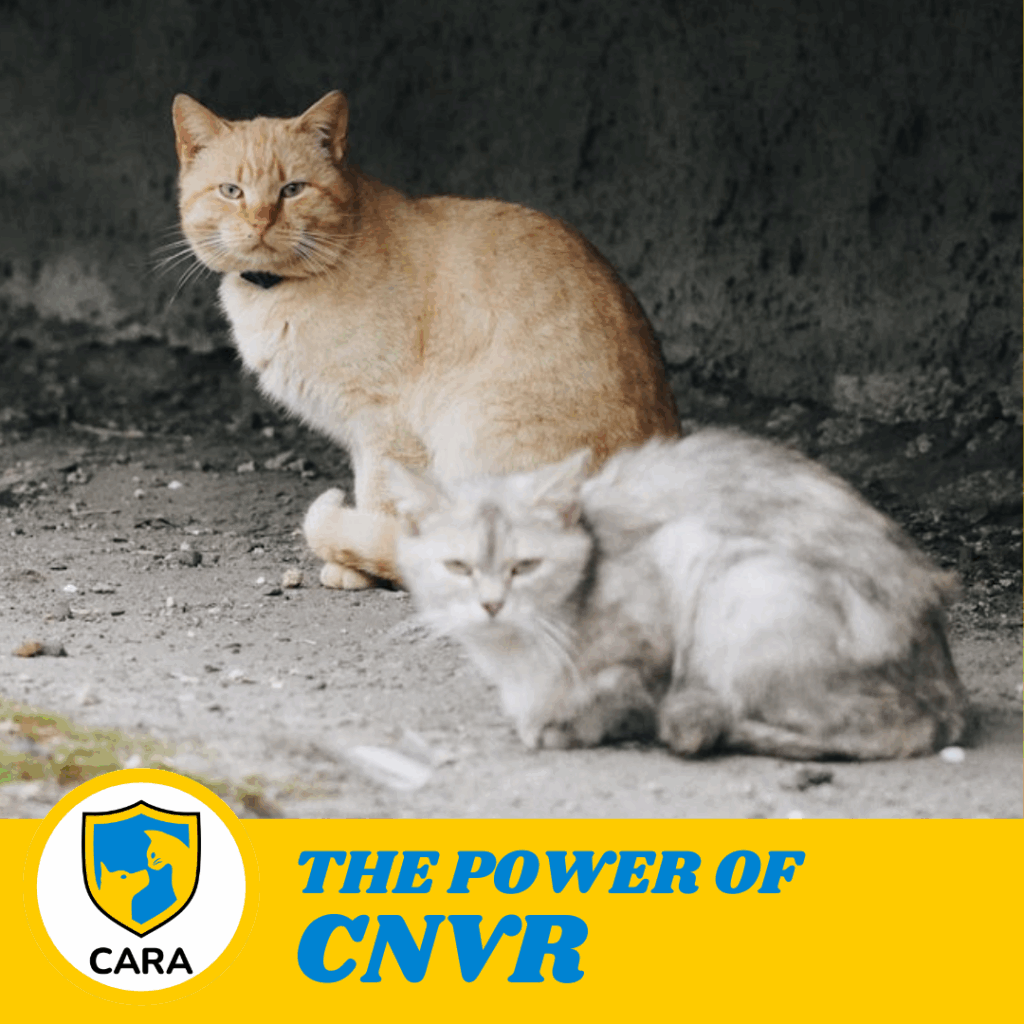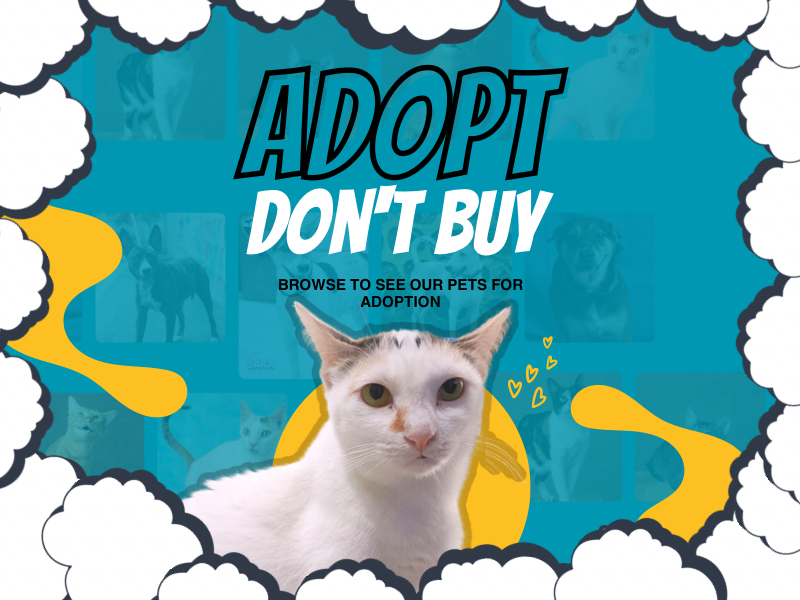Written by: Railen Navalete

Street cats—we see them almost everywhere: in our neighborhoods, schools, offices, and other spaces we pass by in our everyday lives.
Street cats tend to get a bad reputation but at the end of the day, they’re just cats that are trying to survive like the rest of us. Majority of our furry friends bring comfort to us on our way home after a long day, their small hints of charm where they curl up and strike that cute pose which makes you want to pet them, or a friendly reminder of how life still has small joys.

Beyond being great companions, cats also play a role in keeping rodent populations in check. This, in turn, reduces the risk of diseases like leptospirosis and hantavirus, which are commonly caused by rats.

Leptospirosis and hantavirus commonly occur in areas that have waste attracting these pests. When contracted by humans, these diseases can cause high fever, nausea, diarrhea, organ failure, and even death. Our furry friends help maintain balance in our communities with their natural role as rodent hunters. Without them, we would have lonelier streets which can feel unsafe.
Despite their contribution and presence, the majority of these cats face cases of neglect, cruelty, and abusive practices that really don’t solve anything. That’s why a humane solution like ‘CNVR’ matters now more than ever, because cat overpopulation can be a real cause for concern.
According to Enviroliteracy Team (2025), overpopulation can cause more issues for homeless cats like overcrowding shelters, food scarcity, health issues, environmental damage, property damage, and disease transmission to humans.
The common cause of this overpopulation is because of the following:
- Lack of neutering
- Abandonment
- Free-roaming cats
- Lack of proper education

Some people try to reduce cat overpopulation by trapping, killing, and dumping them. However, aside from being cruel and inhumane, this method is also an ineffective long-term solution. Even if these cats are removed, new ones will most likely come to take advantage of the available resources, and the cycle continues.
This method fails to fully resolve the root cause of the issues and, more importantly, denies these cats the right to live freely and safely like any other living being.
A more compassionate and proven effective method is Catch-Neuter-Vaccinate for rabies-Return, also known as “CNVR.” This humane method involves:
Locating areas with a significant stray cat population
Neutering or spaying them
Vaccinating them with anti-rabies
Allowing them a few days to recover, watching out for possible complications or illnesses
Once approved for release, the cats are returned to their original location

Not only has CNVR been proven to be effective, responsible, and humane, but it also offers additional benefits, such as improved cat health, reduced mating behaviors (like fighting and yowling), and a decrease in the spread of rabies.
Through CNVR, we can control the cat population effectively in a humane and compassionate way. This allows cats to thrive, while at the same time benefiting communities by playing their role as natural hunters in pest control.
In the end, CNVR is not just about animal welfare, but about how humans can live harmoniously together with animals like street cats. By supporting it, we can reach more communities and more lives can be saved. Let’s continue to make the world a kinder place—for humans and animals.
References:
https://enviroliteracy.org/why-is-overpopulation-of-cats-bad/#The_Plight_of_Overpopulated_Felines


